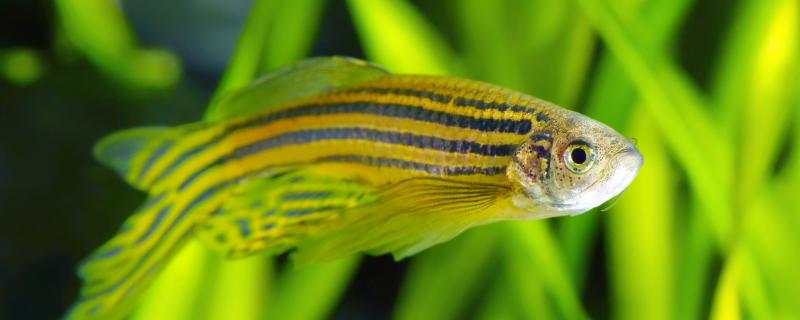 1. How to raise zebrafish seedlings
1. How to raise zebrafish seedlings 1. Water temperature: Zebrafish has high requirements for water temperature, and breeders should keep the water temperature between 24-26 ℃. In addition, avoid temperature difference, because zebrafish will cause discomfort if the temperature difference is too large.
2. Water quality: Zebrafish likes clean and refreshing water. Breeders should control the PH value between 6.5 and 7.5, and the hardness of water should be between 6 and 8. Zebrafish seedlings are fragile and do not pollute the water seriously, so breeders can change the water once a week. However, it is best to fish out food residues and feces after each feeding, so as to avoid water pollution.
3. Density: Zebrafish seedlings are relatively small, and many breeders do not pay attention to density when breeding. However, they develop rapidly, and if the density is too high, it will affect their body development. Therefore, when raising small fry, we should also pay attention to density.
2. How to feed zebrafish seedlingsThere are not many kinds of food that newborn zebrafish seedlings can eat, so breeders can feed them some shrimp eggs and yolk water in good years. When they grow up, breeders can feed some red worms, bumper shrimps, paramecium, water fleas and so on. Zebrafish seedlings are at a critical stage of growth and development, so breeders can feed them in small quantities for many times, 2-3 times a day, and the amount of each feed can be eaten within 5 minutes.